Turf toe is an injury of the main joint in the big toe. It usually occurs when someone bends their big toe forcibly or too far. Pushing off into a sprint or making sudden movements often leads to this type of injury.
Turf toe is often associated with athletes. It is particularly common among American football players because of the features of the game they participate. American football is characterized by many sudden movements while running, turning, stopping, and pushing off into a sprint. These types of movements make it more likely for turf toe to occur.
The name ‘turf toe' comes from the turf the athletes compete on. It is commonly associated with people who engage in sports and various physical activities, but it can happen to anyone.
No matter how well you are prepared to avoid an injury, it can still happen, although wearing appropriate footwear can reduce that risk.

Turf toe is generally not considered life-threatening![]() , but it can be a painful and limiting injury that affects a person's ability to participate in sports or other activities. The severity of turf toe can vary, ranging from mild discomfort to more severe cases involving significant swelling, bruising, and difficulty moving the foot.
, but it can be a painful and limiting injury that affects a person's ability to participate in sports or other activities. The severity of turf toe can vary, ranging from mild discomfort to more severe cases involving significant swelling, bruising, and difficulty moving the foot.
Complications can develop if the injury is not managed correctly or left untreated. Also, if an affected individual returns to physical activity too soon, they may develop chronic pain, joint instability, and other issues.
Doctors use three grades to classify turf toe![]() . This helps plan the treatment as each grade is characterized by a different degree of damage to the joint.
. This helps plan the treatment as each grade is characterized by a different degree of damage to the joint.
Grade 1 injury is mild damage to the joint. It means the plantar complex has been stretched but not torn, resulting in swelling and bruising. The affected area is usually sensitive to touch.
Grade 1 injury is not serious but may limit the physical activities you may engage in. Your ability to exercise may also be limited until the joint heals.
Grade 2 of turf toe refers to a stretched and partially torn plantar complex. The affected area is more swollen and bruised than in grade 1 and can be tender. Grade 2 also means more pain, discomfort, and limitations and restrictions regarding exercises and movement.
In grade 3, the plantar complex is completely torn, leading to severe symptoms, including pain, bruising, tenderness, and swelling. With grade 3, engaging in sports and physical activities is very difficult. Moving the toe and foot is also significantly more challenging than in grades 1 and 2.
A turf toe injury usually occurs when the heel is off the ground, and the big toe is bent at 90 degrees. If too much pressure is put on the toe in this position, the toe may bend too far than it is supposed to, stretching or tearing the plantar complex, depending on the severity of the injury. Although bending the toe is natural, doing so forcefully can lead to an injury.
Sudden injury is more common in contact sports such as American football and hockey, which consist of many sudden movements. In contrast, gradual injury may result from activities such as dancing and running.
Turf toe injury happens suddenly and may cause a ‘pop' sound accompanied by pain, which ranges from mild to severe. The pain is usually the most noticeable in a big toe area and goes up the foot towards the ankle.
Sometimes, the pain increases gradually if the turf toe develops due to repeated injuries. In both scenarios, the following symptoms may occur:
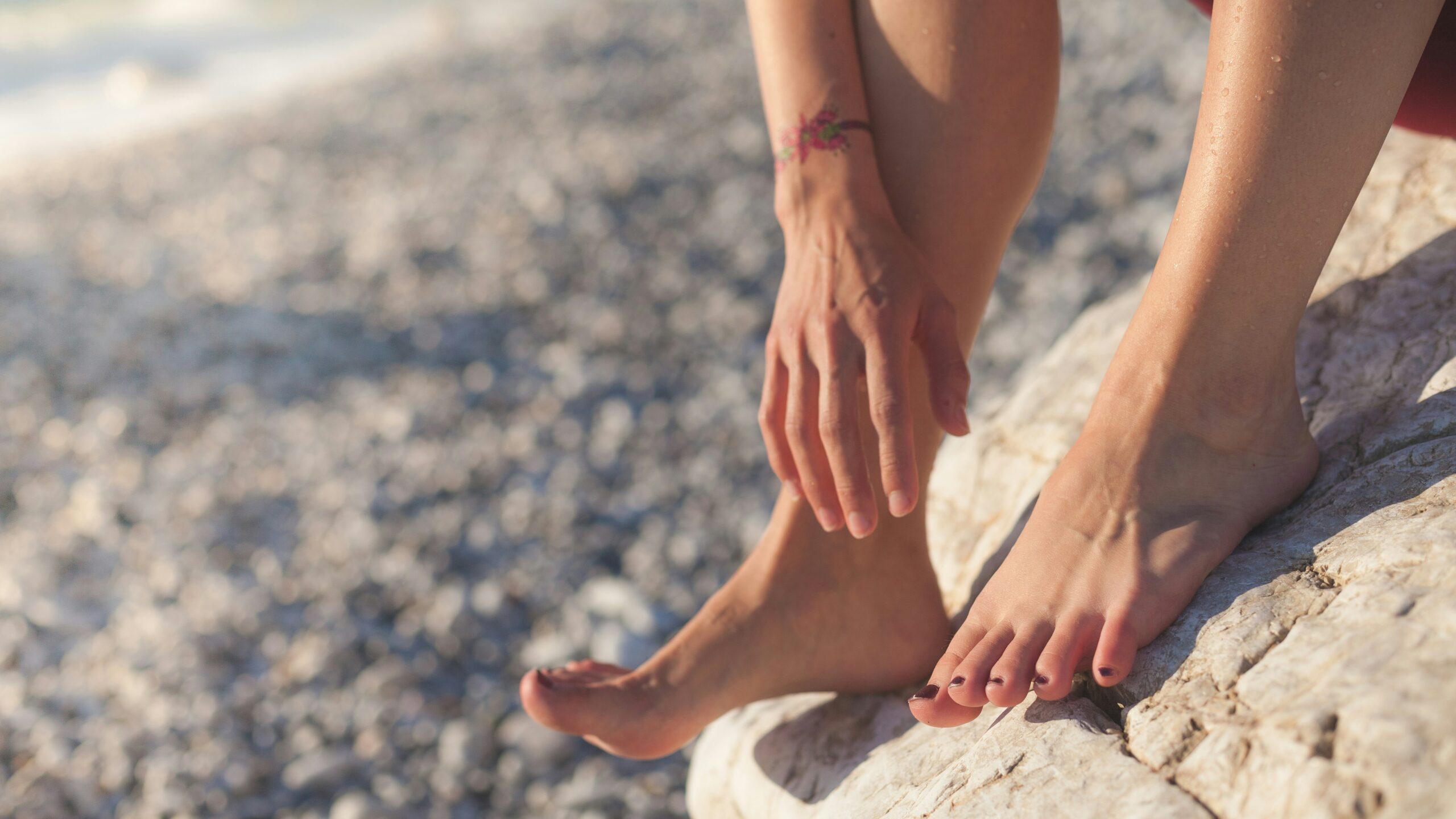
To diagnose turf toe, your healthcare provider will ask which symptoms you experience and examine your big toe. They will look for the common signs of the injury, including swelling and bruising. You may be asked to move your toe to help evaluate the grade of the injury.
Your healthcare provider may order a magnetic resonance imaging (MRI) or X-ray scans to check the degree of damage sustained by bones, ligaments, and soft tissues.
If you have a sudden injury, remember to tell the doctor all the details, including when it happened and under what circumstances.
Most benign cases of turf toe heal on their own and don't require treatment. Plenty of rest and taking a break from sports activities are usually enough to recover completely. Grade 1 and 2 injuries are resolved with non-invasive treatment, including the RICE method and medication, while the most severe turf toe injuries may require therapy, surgery, or orthotics.
Depending on the severity of your injury, you may be recommended the following treatment strategies:
Benign cases and grade 1 injuries can be treated with the RICE method![]() . The RICE stands for rest, ice, compression, and elevation. It consists of the following rules:
. The RICE stands for rest, ice, compression, and elevation. It consists of the following rules:
Taking over-the-counter nonsteroidal anti-inflammatory drugs (NSAIDs) such as ibuprofen and aspirin can relieve pain and swelling, aiding you in recovery. Ask your healthcare provider which OTC medications would work best for your injury.
You can benefit from physical therapy if you have grade 2 or 3 turf toe. A professional therapist will teach you exercises and stretching techniques that reduce swelling, improve flexibility, and strengthen muscles around the affected area.
Surgery is performed for the most severe cases of turf toe. It can repair severe joint damage, fractures, and tears. A form of surgery depends on which bones and tissue get damaged.
Orthotics![]() are special inserts that your doctor may recommend to support and stabilize your toe joints. They fit into your shoe and aid you in physical activities such as running, sports, and jumping.
are special inserts that your doctor may recommend to support and stabilize your toe joints. They fit into your shoe and aid you in physical activities such as running, sports, and jumping.
If treated and managed according to a doctor's advice, turf toe heals entirely and does not lead to complications. With this type of injury, you need to be careful not to make it worse and let the joint recover without interruption. If the injury is more serious, you can't participate in sports for days or weeks.
If you experience pain and swelling in your big toe or foot, you should schedule an appointment with your healthcare provider. A doctor will evaluate the type and grade of your injury and recommend an appropriate treatment plan. Don't try to wait it out, even if the pain is mild, because there is a risk it get worse without a professional approach.
Preventive measures you can take to avoid turf toe also apply to other kinds of injuries you may get while exercising or participating in sports. Here are some general tips to reduce the risk of leg injuries:
Remember that individual needs may vary, so it's essential to tailor preventive strategies based on your specific needs and activities.
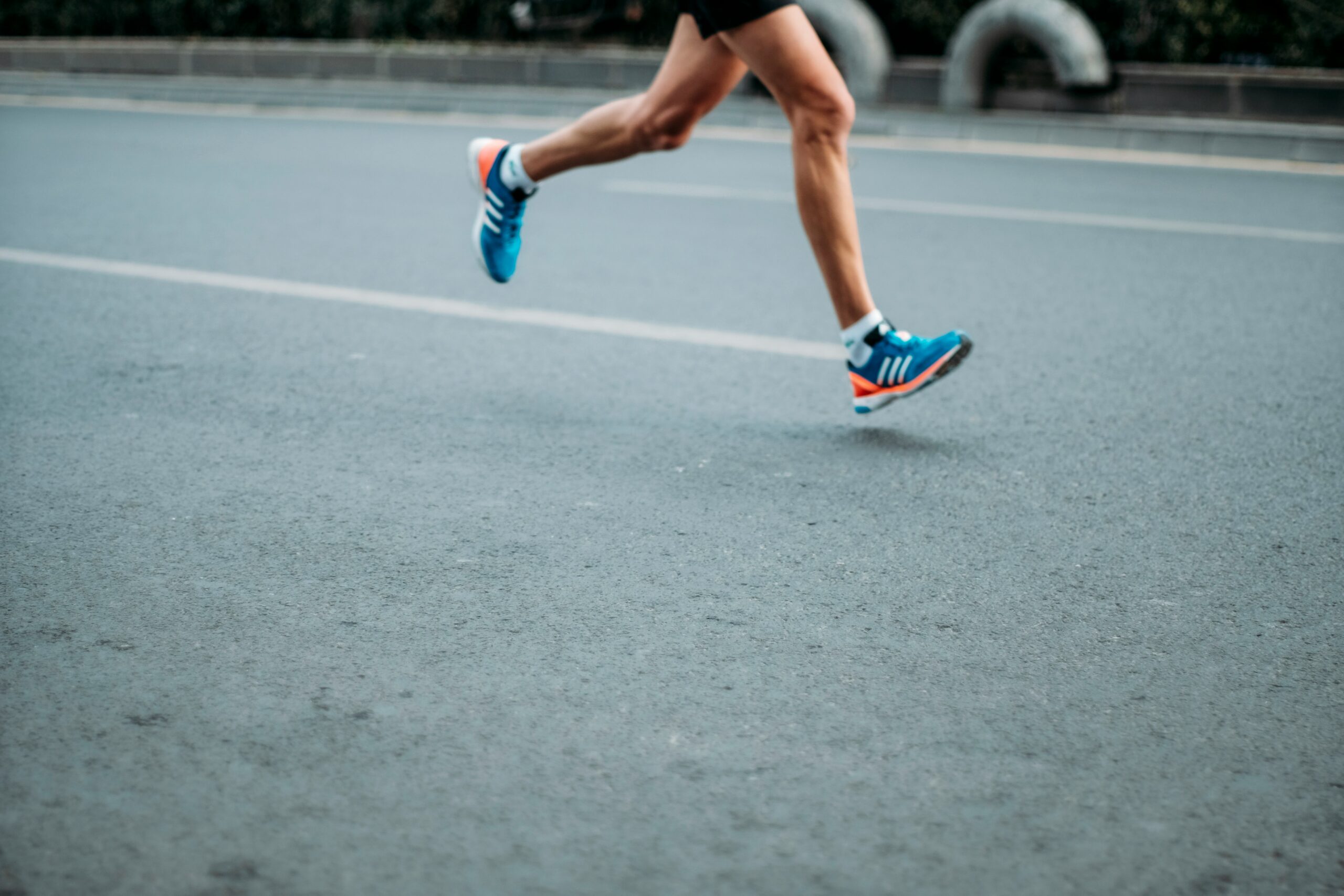
Turf toe is a common injury affecting the big toe's main joint, often occurring due to forceful bending of the toe during activities like running and jumping, particularly on artificial turf surfaces. Though not life-threatening, it can be painful and limit physical activity.
Causes of turf toe include forceful bending of the toe joint beyond its natural range, often during sudden movements typical in contact sports or activities like dancing and running.
Symptoms of turf toe include pain, tenderness, swelling, bruising, and difficulty moving the affected toe. Diagnosis involves physical examination and possibly imaging tests like MRI or X-ray.
The prognosis for turf toe patients is generally good if managed appropriately, with complete recovery expected in most cases. However, returning to physical activity too soon can lead to complications and delayed healing.
Preventive measures include strengthening exercises for toe and ankle muscles, wearing supportive footwear, maintaining proper technique during sports activities, gradual training progression, and paying attention to any signs of discomfort or pain.
Table of Contents
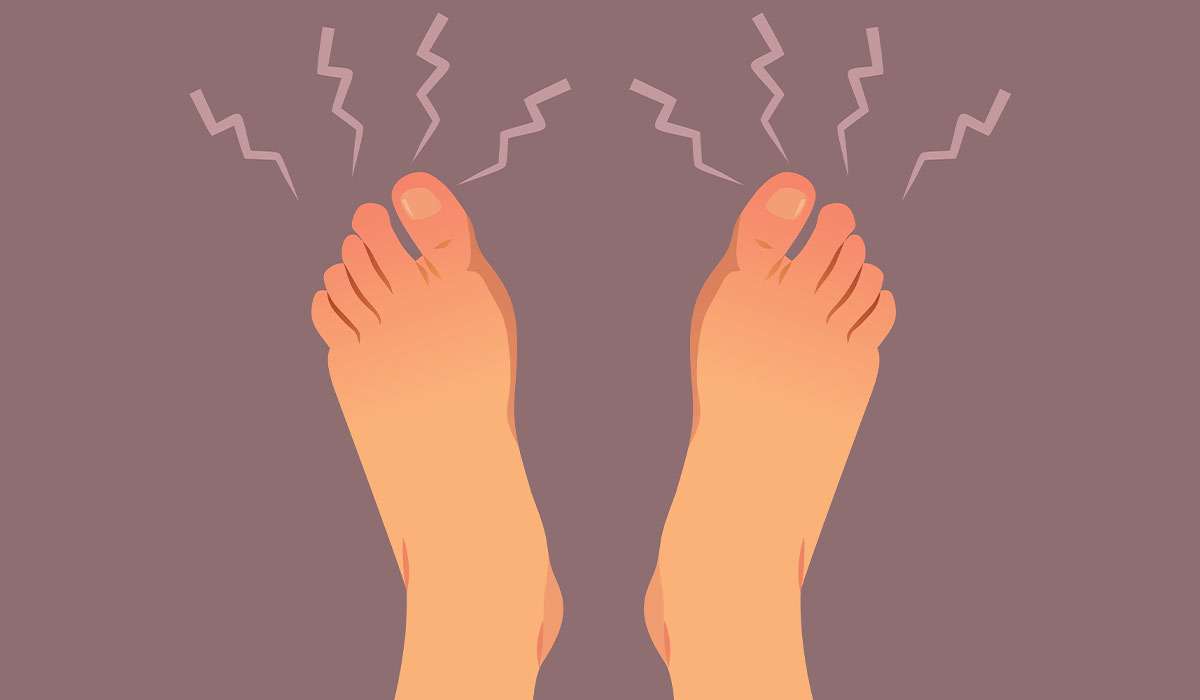
An athlete's foot, or tinea pedis, is an infection of fungal origin that affects the feet. It is usually mild… read more »
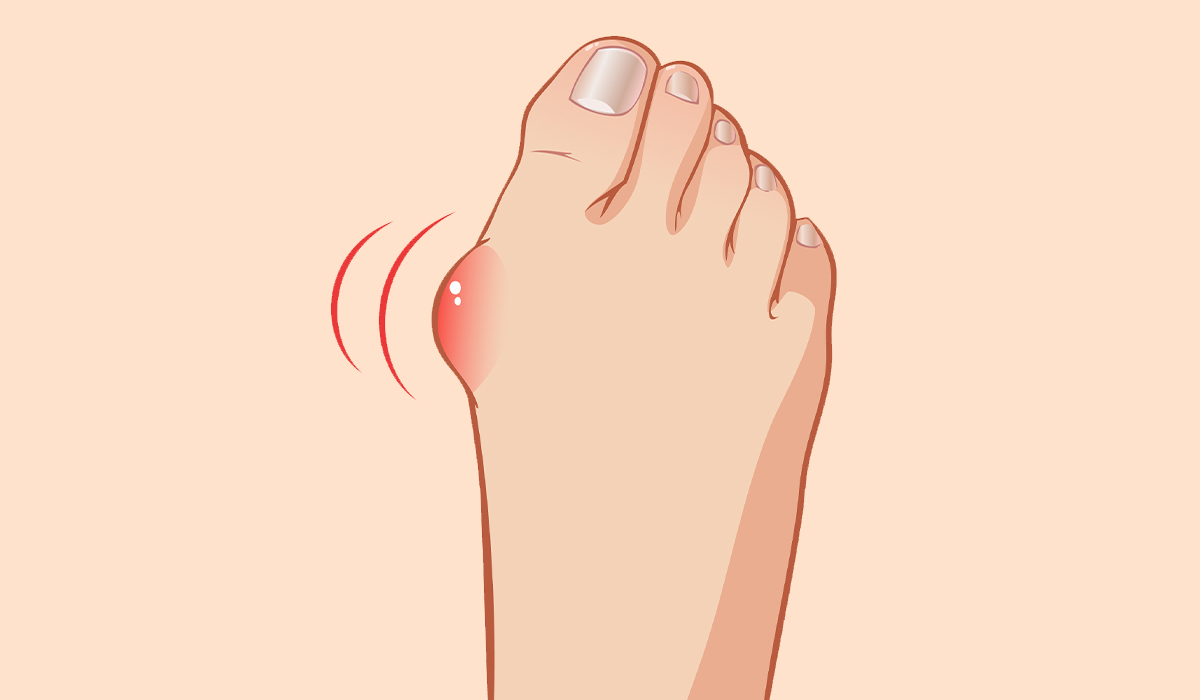
A bunion, which doctors name Hallux Valgus, is when there's a clear bump on the side root of your big… read more »

The main symptom of Morton's neuroma is pain in the foot. Find out what causes the discomfort. Learn about treatment… read more »

Flat feet, therapeutically called pes planus, happen when a person's foot curve falls or collapses. It causes the whole sole… read more »
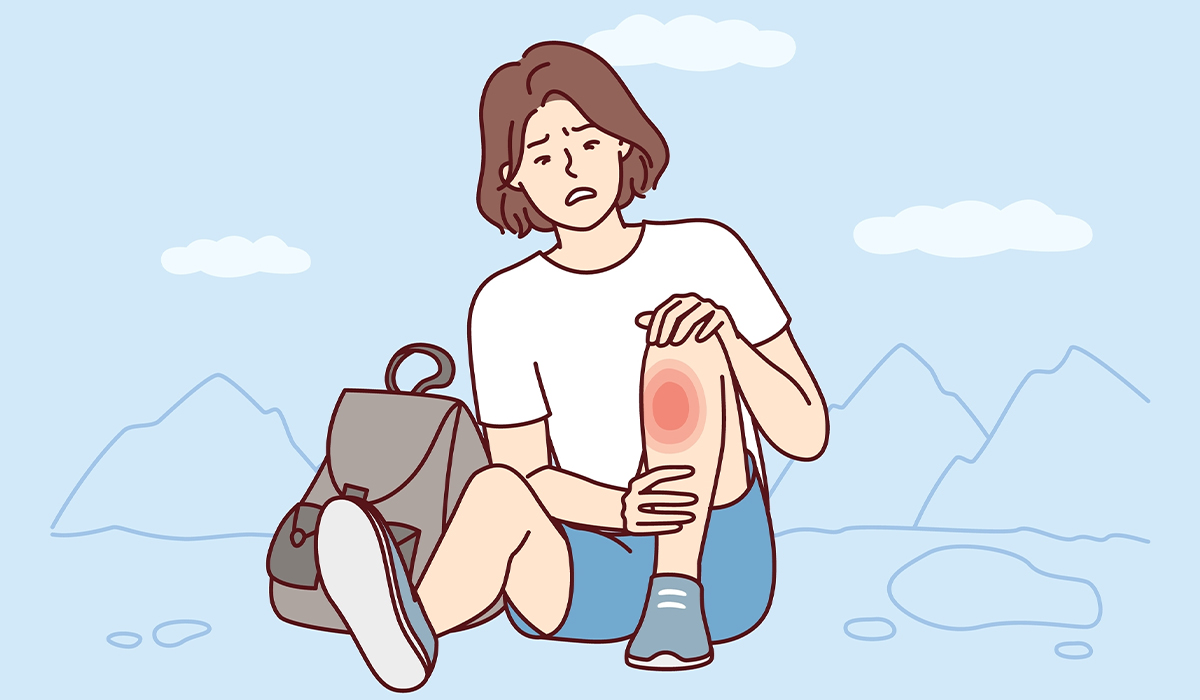
A bruise is a common injury that occurs when small blood vessels beneath the skin rupture and leak blood into… read more »
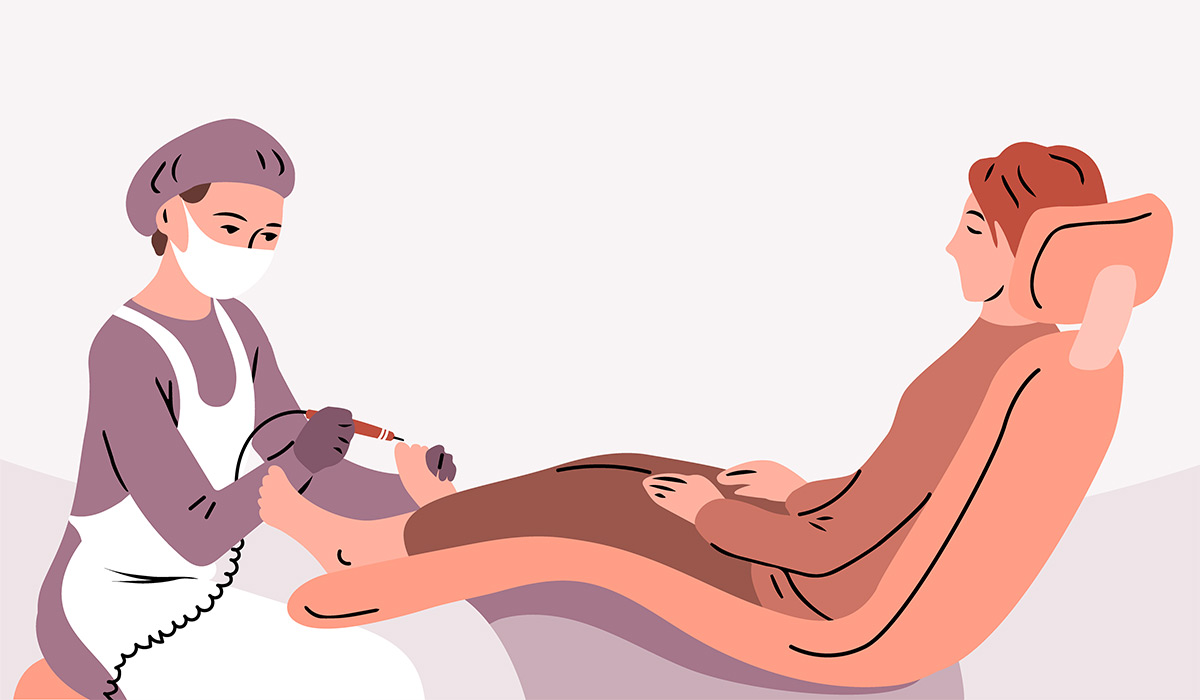
A podiatrist, who individuals moreover call a Doctor of Podiatric Medicine (DPM), knows numerous things about the foot, ankle, and… read more »
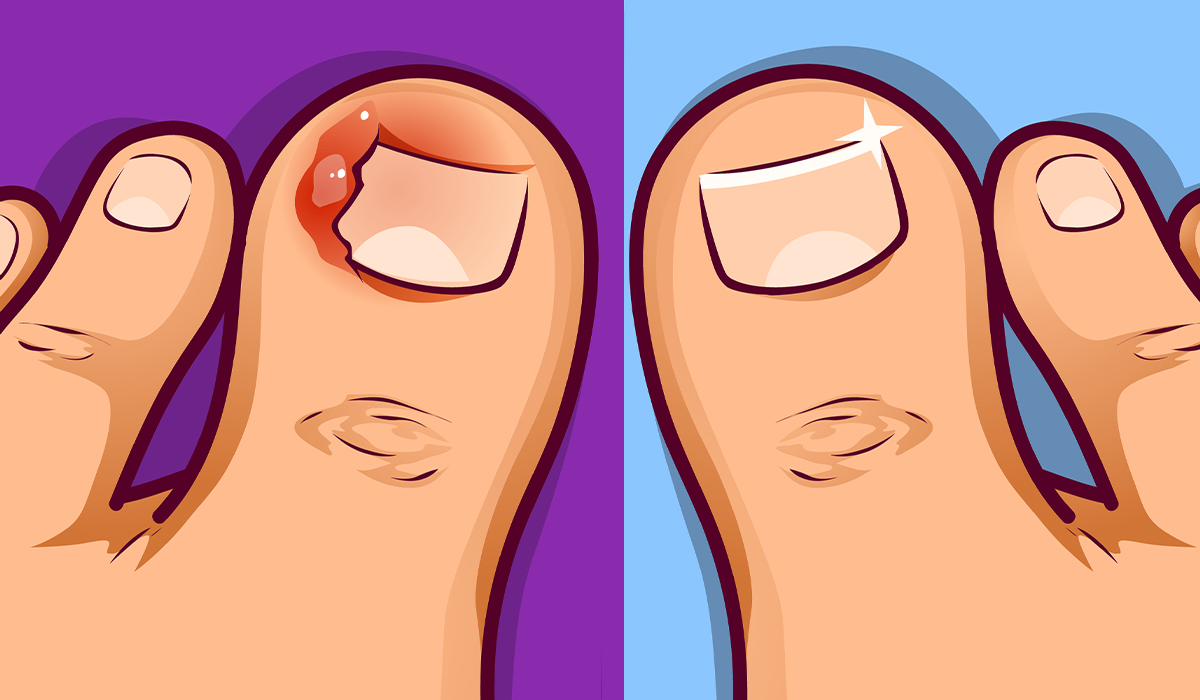
An ingrown toenail that develops into the skin, which specialists call onychocryptosis, happens when the edge or corner of the… read more »
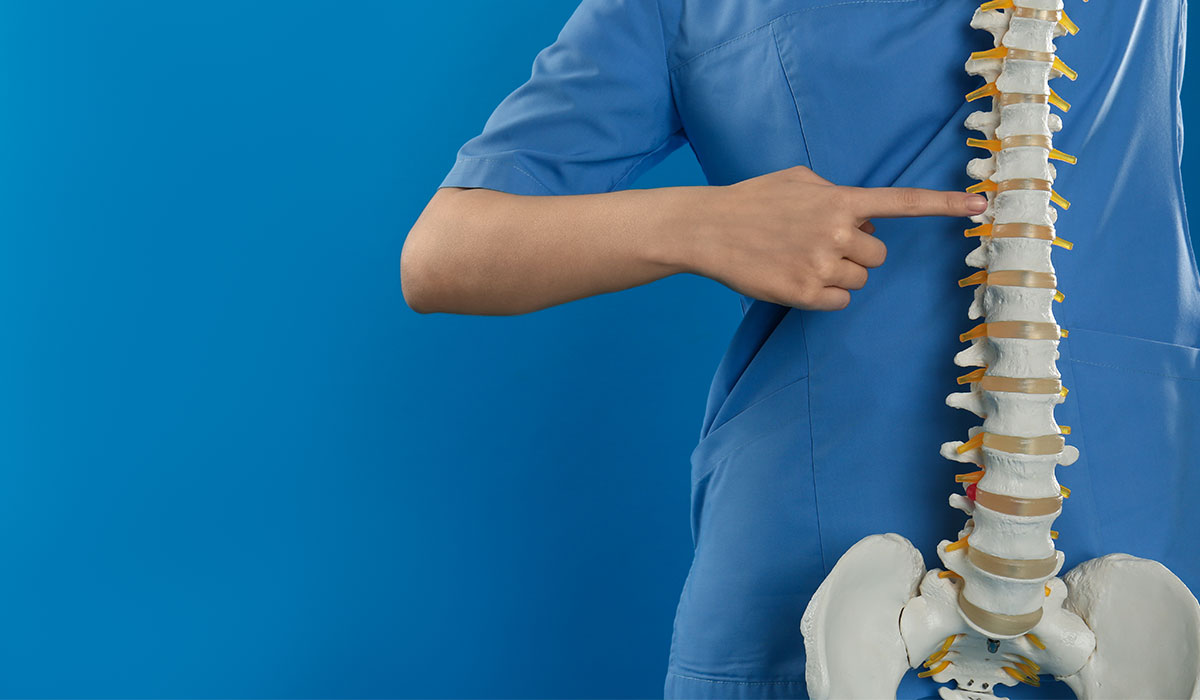
In layman's terms, anterolisthesis is often referred to as an abnormal alignment of the spine's bones. It is a condition… read more »
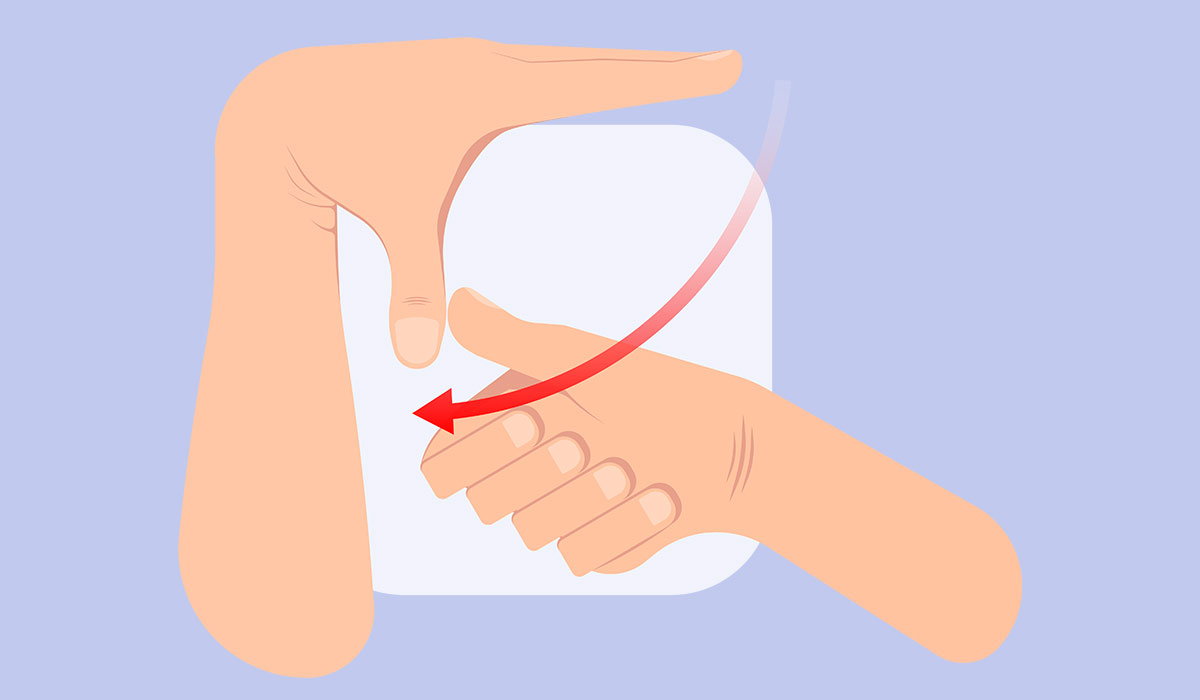
Ehlers-Danlos Syndrome is a group of diseases with a genetic basis. Learn all the symptoms associated with EDS. Find out… read more »